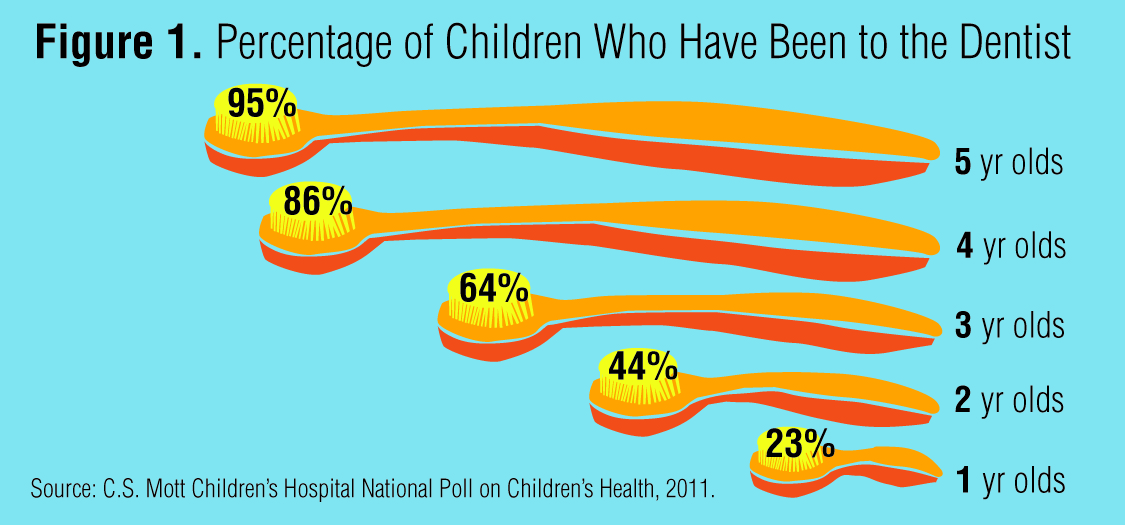The Development Of Dental Surgery: Introducing Advancements And Proceeds Specifying The Area
The Development Of Dental Surgery: Introducing Advancements And Proceeds Specifying The Area
Blog Article
Posted By-Jama Mccall
Welcome to the globe of oral surgery, where innovations and developments are shaping the future of the field! In this amazing realm, you'll witness the transformative power of robotics, the cutting-edge marvel of 3D printing, and the game-changing influence of minimally invasive strategies.
The future of dental surgery holds a guarantee of precision, performance, and improved individual outcomes. With the help of sophisticated robotics, specialists have the ability to execute intricate procedures with better accuracy and control.
3D printing technology is reinventing the creation of oral implants and prosthetics, supplying customized remedies that fit perfectly right into each client's unique makeup.
In addition, minimally invasive techniques are lowering post-operative discomfort and recovery time, allowing people to return to their daily lives quicker.
Prepare to check out https://temporary-tooth-filling11087.blogrenanda.com/39229904/join-us-to-find-why-timely-action-versus-periodontal-economic-crisis-is-important-for-your-oral-health-and-what-repercussions-you-may-deal-with-if-you-wait and advances that are reshaping the landscape of dental surgery!
Innovations in Robotics
One significant development in oral surgery is using robot innovation, which allows for exact and effective operations. With the help of robot systems, dental cosmetic surgeons have the capacity to do complicated surgical treatments with improved accuracy, lessening the danger of human error.
These robot systems are geared up with advanced imaging innovation and specific instruments that allow cosmetic surgeons to browse through intricate anatomical frameworks with ease. By making https://www.prnewswire.com/news-releases/idahos-invisalign-elite-provider-dr-craig-r-smith-becomes-first-heartland-dental-supported-practice-in-the-state-301132688.html of robotic innovation, surgeons can attain higher medical precision, causing enhanced patient outcomes and faster healing times.
Furthermore, making use of robotics in oral surgery enables minimally invasive procedures, lowering the trauma to surrounding cells and advertising faster healing.
3D Printing in Oral Surgery
To enhance the area of dental surgery, you can check out the subtopic of 3D printing in dental surgery. This innovative technology has the prospective to transform the means oral doctors operate and treat individuals. Here are 4 vital ways in which 3D printing is shaping the field:
- ** Customized Surgical Guides **: 3D printing enables the production of very accurate and patient-specific surgical overviews, improving the accuracy and effectiveness of treatments.
- ** Implant Prosthetics **: With 3D printing, oral surgeons can develop tailored dental implant prosthetics that perfectly fit a patient's distinct anatomy, resulting in much better outcomes and patient contentment.
- ** Bone Grafting **: 3D printing makes it possible for the production of patient-specific bone grafts, lowering the requirement for traditional implanting strategies and enhancing healing and healing time.
- ** Education and Educating **: 3D printing can be made use of to develop reasonable medical models for instructional purposes, permitting dental cosmetic surgeons to practice complex treatments prior to doing them on people.
With its possible to enhance accuracy, customization, and training, 3D printing is an exciting development in the field of oral surgery.
Minimally Intrusive Strategies
To further advance the area of dental surgery, welcome the potential of minimally intrusive strategies that can significantly benefit both surgeons and people alike.
Minimally intrusive strategies are revolutionizing the field by lowering surgical injury, decreasing post-operative discomfort, and speeding up the recovery process. These strategies involve utilizing smaller incisions and specialized tools to execute procedures with accuracy and performance.
By using innovative imaging modern technology, such as cone light beam computed tomography (CBCT), cosmetic surgeons can properly prepare and execute surgical treatments with minimal invasiveness.
In addition, making use of lasers in oral surgery enables specific cells cutting and coagulation, resulting in reduced blood loss and reduced healing time.
With minimally invasive strategies, people can experience faster recuperation, minimized scarring, and enhanced results, making it a vital aspect of the future of oral surgery.
Conclusion
So, as you can see, the future of dental surgery is unbelievably encouraging, with exciting innovations and advancements shaping the field.
From the advancements in robotics to making use of 3D printing and minimally intrusive strategies, oral surgeons are revolutionizing the method they supply care.
While some might worry about the possible expense associated with these innovations, it is very important to bear in mind that these innovations ultimately enhance client end results and reduce recovery time, making them well worth the financial investment over time.
